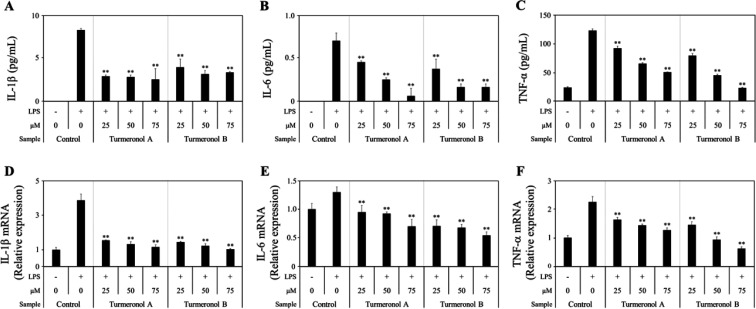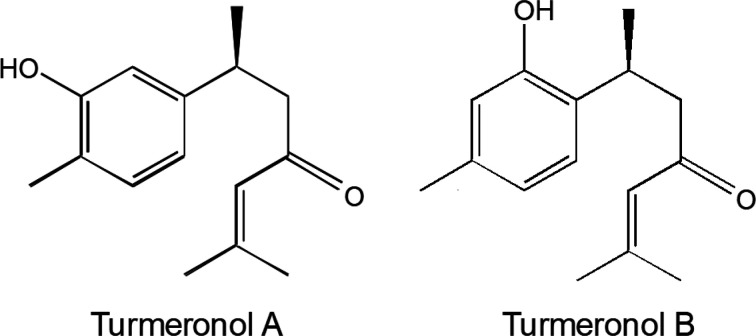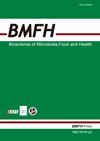姜黄黄酮醇(A和B)通过降低NF-κB信号传导对脂多糖刺激的BV-2小胶质细胞具有抗炎作用。
IF 2.9
4区 医学
Q2 Agricultural and Biological Sciences
引用次数: 0
摘要
姜黄酚(A和B),在姜黄中发现的双abolane型倍半萜,可以减轻动物脑外的炎症;然而,它们对神经炎症(各种神经退行性疾病的常见病理)的影响尚不清楚。小胶质细胞产生的炎症介质在神经炎症中起关键作用,因此本研究评估了姜黄醇对脂多糖(LPS)刺激的BV-2小胶质细胞的抗炎作用。姜黄醇A或B预处理显著抑制lps诱导的一氧化氮(NO)生成;诱导型NO合成酶mRNA表达;白细胞介素(IL)-1β、IL-6和肿瘤坏死因子α的产生及其mRNA表达的上调;核因子-κB (NF-κB) p65蛋白磷酸化及NF-κB激酶抑制剂(IKK);NF-κB的核易位。这些结果表明,这些姜黄醇可能通过抑制激活的小胶质细胞中的IKK/NF-κB信号通路来阻止炎症介质的产生,并可能治疗与小胶质细胞激活相关的神经炎症。本文章由计算机程序翻译,如有差异,请以英文原文为准。



Turmeronols (A and B) from Curcuma longa have anti-inflammatory effects in lipopolysaccharide-stimulated BV-2 microglial cells by reducing NF-κB signaling.
Turmeronols (A and B), bisabolane-type sesquiterpenoids found in turmeric, reduce inflammation outside the brain in animals; however, their effects on neuroinflammation, a common pathology of various neurodegenerative diseases, are not understood. Inflammatory mediators produced by microglial cells play a key role in neuroinflammation, so this study evaluated the anti-inflammatory effects of turmeronols in BV-2 microglial cells stimulated with lipopolysaccharide (LPS). Pretreatment with turmeronol A or B significantly inhibited LPS-induced nitric oxide (NO) production; mRNA expression of inducible NO synthase; production of interleukin (IL)-1β, IL-6, and tumor necrosis factor α and upregulation of their mRNA expression; phosphorylation of nuclear factor-κB (NF-κB) p65 proteins and inhibitor of NF-κB kinase (IKK); and nuclear translocation of NF-κB. These results suggest that these turmeronols may prevent the production of inflammatory mediators by inhibiting the IKK/NF-κB signaling pathway in activated microglial cells and can potentially treat neuroinflammation associated with microglial activation.
求助全文
通过发布文献求助,成功后即可免费获取论文全文。
去求助
来源期刊

Bioscience of Microbiota, Food and Health
Immunology and Microbiology-Applied Microbiology and Biotechnology
CiteScore
5.50
自引率
3.20%
发文量
24
期刊介绍:
Bioscience of Microbiota, Food and Health (BMFH) is a peer-reviewed scientific journal with a specific area of focus: intestinal microbiota of human and animals, lactic acid bacteria (LAB) and food immunology and food function. BMFH contains Full papers, Notes, Reviews and Letters to the editor in all areas dealing with intestinal microbiota, LAB and food immunology and food function. BMFH takes a multidisciplinary approach and focuses on a broad spectrum of issues.
 求助内容:
求助内容: 应助结果提醒方式:
应助结果提醒方式:


